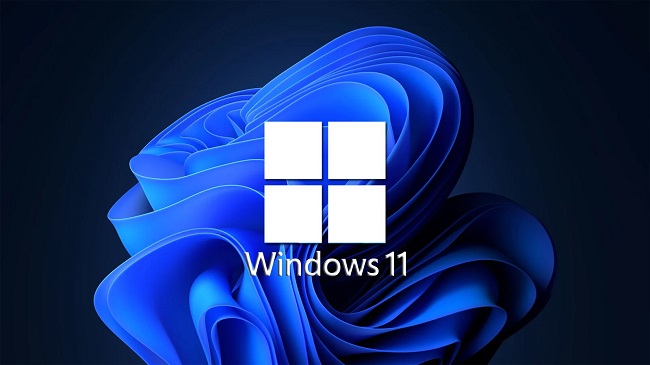System prerequisites for installing Windows 11 include a Trusted Platform Module (TPM) and the “Secure Boot” option being enabled on the device being used to do so.
Modern computers with UEFI firmware have a security feature called “Secure Boot,” which creates a safe space for Windows to load and blocks malware from taking control of the computer while it’s booting.
In other words, Secure Boot restricts the device to only booting into officially sanctioned OEM software (OEM). One of the reasons Microsoft is mandating the upgrade to Windows 11 is so users may take advantage of this feature and enjoy a more secure environment.
Unfortunately, enabling this function will preclude the use of alternative operating systems, such as Linux. Making a mistake in the firmware settings can prevent a computer from booting up properly.

Only change the BIOS settings on the motherboard if you know what you’re doing. Your competence is taken for granted. Furthermore, UEFI firmware operating on the device is assumed here.
It’s possible that an MBR to GPT conversion will need to occur first if the computer is still running an older version of the BIOS (see above steps). If you’re doing a fresh install, you don’t need to convert, but if you’re upgrading in place, you will.
The installation should continue normally when the drive partition is converted, but a backup should be made just in case. Check here to secure boot windows 11.
What Is Secure Boot?
A computer security technology, “secure boot” restricts startup execution to pre-approved applications. This protocol stops malware rootkits and other unwanted programs from automatically starting with the operating system.
In order to install Microsoft’s newest operating system, Windows 11, this function must be present. It is a necessary component of the UEFI (Unified Extensible Firmware Interface) or BIOS.
For Windows 10 IoT 2021 LTSC and other previous versions, it is not required, but for industrial enterprise applications, it is a must-have.
Check if Secure Boot Windows 11 Available
Follow these procedures to see if your machine has Secure Boot enabled:
Step 1: Open Start.
Step 2: Simply type “System Information” into the search bar and launch the program that comes up first.
Step 3: To get the system summary, select it from the left navigation.
Step 4: Verify that the setting for “Secure Boot State” reads “On.” (If not, you’ll have to activate the feature on your own.)
Enable Secure Boot Windows 11
In order to activate Secure Boot, switch to UEFI mode, and convert the MBR drive to GPT on a machine with a legacy BIOS. If you enable the latest firmware, however, the computer will no longer boot.
You can skip the conversion if you’re performing a clean install, but it’s necessary if you’re upgrading from a Windows 10 desktop. Here are the measures you need take to activate secure boot windows 11 on a machine with UEFI firmware:
Step 1: To get updates and security, select them.
Step 2: Select the Recover tab.
Step 3: If you want to restart immediately, select the Restart now option from the Advanced starting menu.
Step 4: To begin troubleshooting, select the appropriate option.
Step 5: Do so by selecting the “Advanced” tab.
Step 6: The UEFI Firmware Settings menu item must be selected.
Step 7: The Restart button must be clicked.
Step 8: Launch the page responsible for booting or security.
Step 9: Move the cursor to the Secure Boot option and hit Enter to choose it.
Step 10: Choose Enabled and hit the Enter key.
Step 11: Close the UEFI menu.
Step 12: Verify the modifications, and then restart the system.
Conclusion
Significant changes in Windows 11 include the necessity of the Trusted Platform Module (TPM) version 2.0 and Secure Boot.
This guide will held you to secure boot windows 11. Microsoft claims that TPM 2.0 and Secure Boot are essential for a safe computing environment, since they help to thwart sophisticated assaults, malware, ransomware, and other security risks.
















